The 7 Steps of Hand Washing
Hand washing is vital no matter where you work – from offices and shops to hotels and hospitals. It carries even greater importance in some settings, such as healthcare and hospitality. You need to ensure your hands are clean to prevent food poisoning or infections from harming other people.
Washing your hands is an easy yet essential way to stop bacteria and germs from spreading, so all staff must know how to do it properly. The good news is that, no matter where you work, you can adopt effective hand washing steps, which are widely used by workplaces and recommended by the NHS.
This article will show you how to fulfil these 7 steps of hand washing, so you can protect people in your premises from coming to harm.
Why is Hand washing So Important?
The importance of hand washing cannot be understated. Hands are the primary carriers of dirt, viruses, and bacteria, as they can come into contact with so many different surfaces throughout the day. Without proper hand washing, this could easily lead to something harmful entering the body, spreading elsewhere, or causing cross-contamination.
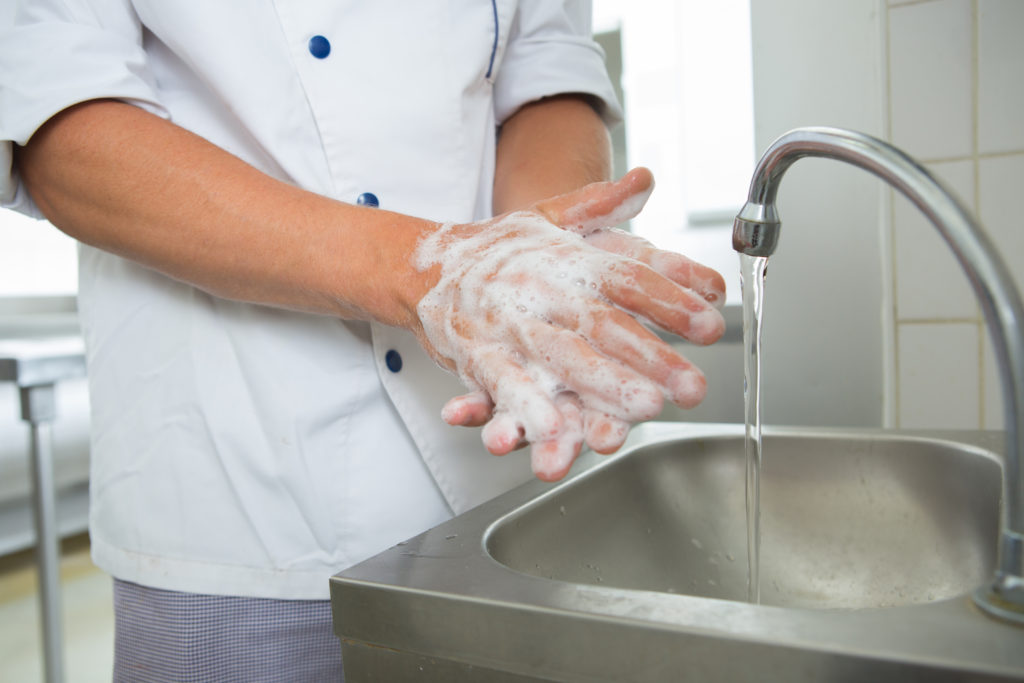
For example, hospitality workers may handle food that carries harmful pathogens, and without good hand hygiene these may spread to the food their customers eat. Staff in healthcare may work around patients who carry viruses and infections, and if they don’t follow the correct hand washing procedure, they could accidentally pass these onto other patients. Even low risk environments, like offices, are at risk of germs moving between people.
The following hand washing facts show just how easily hands can spread bacteria:
- Globally, only one in five people wash their hands after using the bathroom.
- The average office worker’s hands come into contact with 10 million bacteria per day.
- An estimated 61% of healthcare professionals do not clean their hands correctly.
- Around 50% of hospital-acquired infections can be easily avoided through better hand hygiene.
- Contaminated hands can transfer viruses to more than 5 surfaces or 14 other objects.
- Damp hands spread 1,000 times more bacteria than dry hands.
- Bacteria can stay alive on hands for up to 3 hours.
Unfortunately, many people don’t know how to properly wash their hands or don’t make the necessary effort. In workplaces like catering, following proper hand washing procedures is a critical part of the business’s food safety system, so there cannot be any room for error.
This is why all staff must be reminded of the correct hand washing techniques they should use. The good news is you can easily pass on and refresh hand hygiene information, as there are just 7 essential steps that everyone is capable of following.
What are the 7 Steps of Hand Washing?
These 7 hand washing steps, as advised by the NHS, are effective and straightforward for thorough cleaning. The recommended hand washing time is at least 20 seconds, so make sure you complete all the steps and don’t rush through them.
Step 1: Wet Hands
Wet your hands and apply enough liquid soap to create a good lather. The temperature of the water should be between 35ºC and 45ºC.
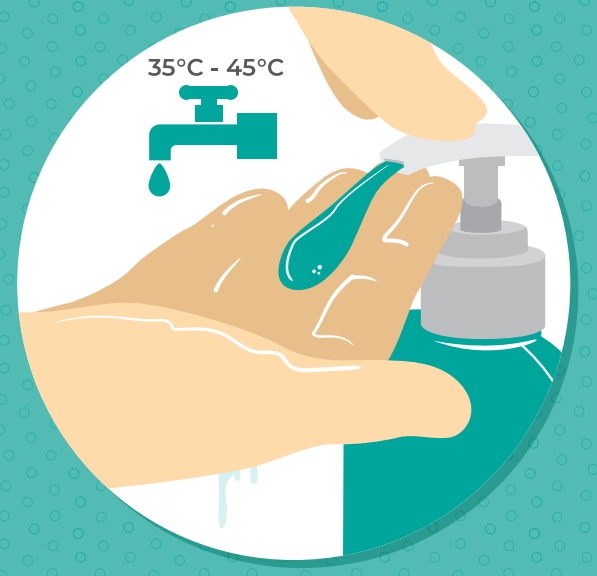
Step 2: Rub Palms Together
Rub your hands palm to palm in circular motions. Rotate clockwise and anticlockwise.
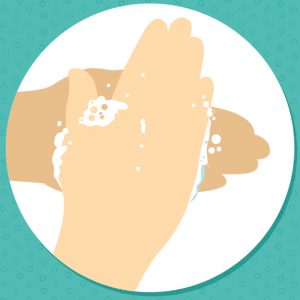
Step 3: Rub the Back of Hands
With your fingers linked through the other hand, use your right palm to rub the back of your left hand. Then swap.
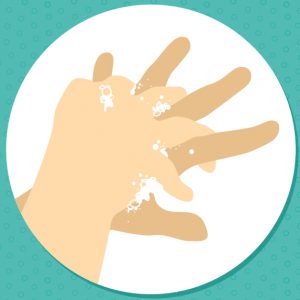
Step 4: Interlink Your Fingers
Link your fingers together, facing each other, into clasped hands. Then rub your palms and fingers together.
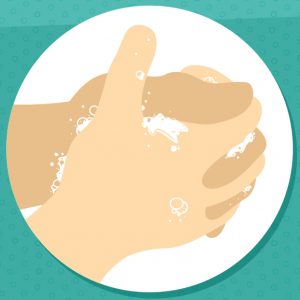
Step 5: Cup Your Fingers
Cup your fingers together, with your right hand over and your left hand under. With your fingers interlocked, rub the backs of them against your palms. Then swap.
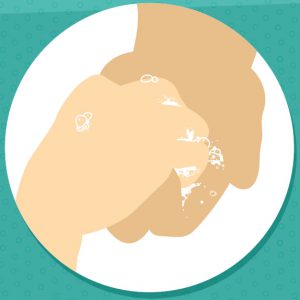
Step 6: Clean the Thumbs
Enclose your right hand around your left thumb and rub as you rotate it, then swap.
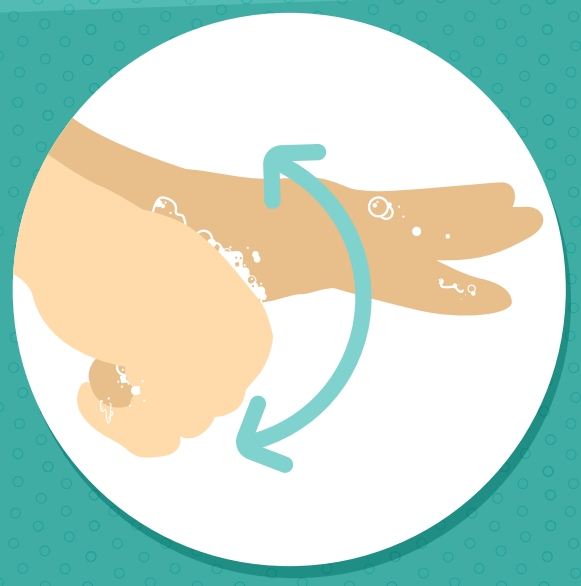
Step 7: Rub Palms with Your Fingers
Rub your fingers over your left palm in a circular motion, then swap.
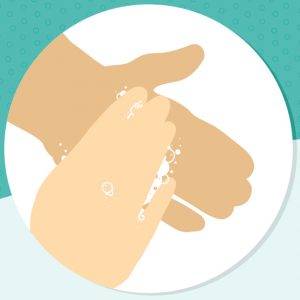
Once you’ve followed these hand washing steps, you should then thoroughly rinse with warm running water and dry with a clean, disposable paper towel. Paper towels are the most hygienic way to dry your hands, but automatic hand dryers may also be used in your workplace. If yours does, make sure you do not touch any part of the hand dryer with your clean hands, as you will risk transferring bacteria back onto them. Likewise, you should never use a reusable towel to dry your hands, as they can harbour dangerous levels of bacteria that transfer back onto your hands.
If your taps have a push and release or automatic feature, use this as instructed. If not, you should use a disposable paper towel to turn off the tap.












